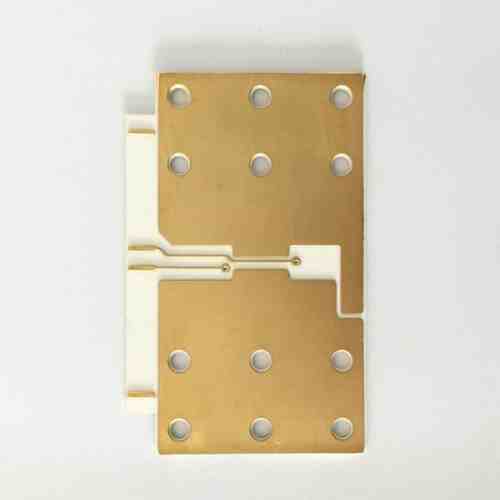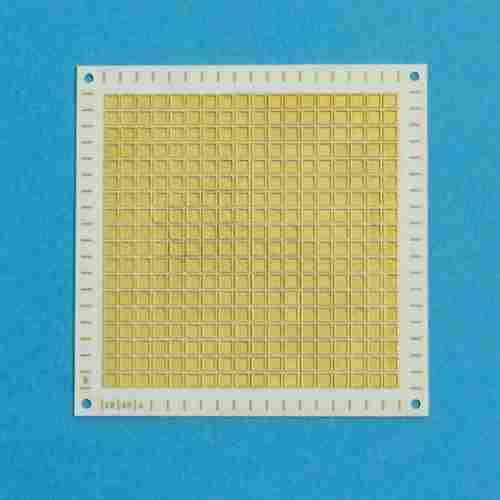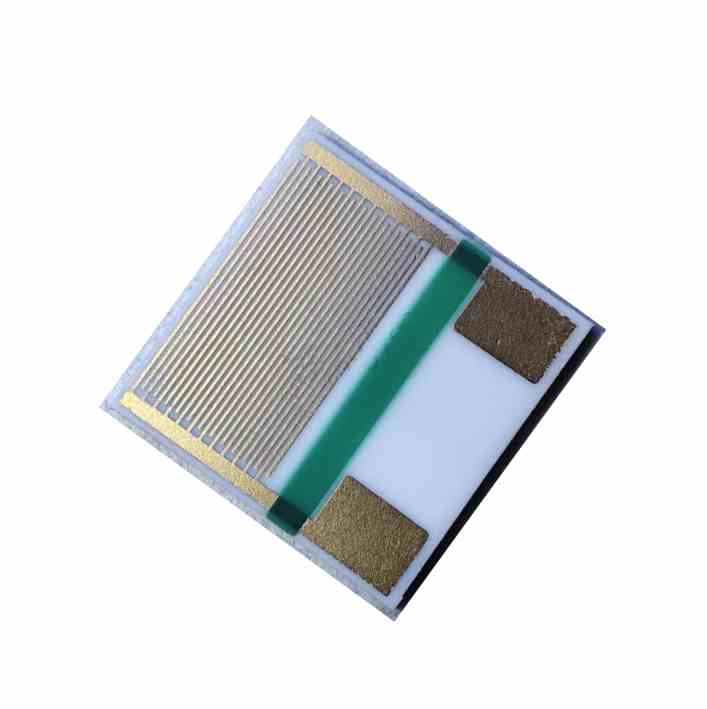Ceramic PCBs are now becoming more crucial than ever for PCB users. The reason is that these are beneficial in different ways, and due to this reason, producers have been upscaling the production of ceramic PCBs in recent years. These PCBs also go by the name of “ceramic hybrid circuit devices.”
Their origin is somewhat similar to the capacitors, but with advancements, these PCBs can provide us with more efficient performance. The best part about ceramic PCBs is that they have exceptional attributes for the well-being of electronics. Well, don’t mistake these ceramic boards for the random types of ceramic that we use in our routine lives. Instead, it is a special ceramic of industrial grade that helps in the development of ceramic PCBs on the whole.
You must be surprised that experts call these “green boards” because they are efficient in producing less harmful emissions into the environment. Today, we are going to tap into the world of ceramic PCBs through this post.
We will discuss why these are important and what purpose they serve in the field of electronics.
What is Ceramic PCB?

Ceramic PCB comprises a special ceramic powder that contains heat-conducting properties. It combines with an organic binder to develop ceramic PCBs that are exceptional in regulating thermal changes.
We can separate the ceramic PCBs from others on the basis of their base material which is, in this case, ceramic. Different materials come in handy for this, like aluminum nitride and beryllium oxide, for the seamless conduction and transfer of heat.
The path of the heat needs to be distant from the sensitive areas present in the PCBs to avoid possible damage. The LAM tech is reliable for the fabrication of ceramic PCBs. A sharp laser metallization tech like LAM makes PCBs more efficient and flawless in their performance. There is no doubt that ceramic PCBs can still undergo multiple advancements to meet future quality standards.
Types of Ceramic PCB Material for Manufacturing Processes
At this point, we must know that there are different types of ceramic PCBs because of the production process they follow. We are going to see what different types of ceramic PCBs that are existing today and how we can produce them easily.
- LAM PCB – It is a sharp laser metallization process that ionizes the ceramic and metal and, at the same time, expands with time and therefore develops a highly intense and strong bond with each other.
- LTCC PCB – We need to combine a special ceramic material with up to 50% of glass. When we are aiming for the proper development of bonds between these constituents, we need to include organic binders. After this, we will spread the mixture onto large sheets and wait until it gets dry. We follow the through-hole strategy and see if the layers match our PCB designs or not. Such PCBs are supportive of screening printing for development. An industrial-grade oven is handy for the effortless fabrication of these PCBs.
- HTCC PCB – These PCBs are different from the former ones because their baking takes place at almost 1700 degrees Celsius, unlike LTCC PCBs. Well, such high temperatures do not damage the boards at all, but with proper monitoring and supervision, we can avoid possible complications as well. We grab a ceramic material and start the PCB fabrication. In this case, we don’t have to combine it with a glass. The materials used for the development of circuit traces are generally molybdenum and manganese, along with tungsten.
- DBC PCB – These PCBs are also common, and there is a development of oxygen that takes place between the copper and ceramic layers. An optimum temperature is important to execute the process without damaging the boards at all. A fine Cu-O liquid will react with ceramic to form corresponding ions. This liquid has the potential to go through the copper foil and changes into a mixture of ceramic and copper in the end.
- DPC PCB – We need to rely on a vapor deposition technique for the development of direct plate copper PCBs. It will form unbreakable bonds between the copper plates and substrates with the help of their exposure to high temperatures.
Benefits of Ceramic PCB Material

a. Superior Thermal Conductivity
The thermal conductivity shown by the ceramics is extremely high. Therefore these can easily give off heat and regulate it for the electronics at the same time. These PCBs are crucial and prove to be helpful for the electronics that produce excessive heat and protect them from overheating as well. Due to this reason, these PCBs are a contributing factor to the fine performance of the electronics.
2. Low CTE
Ceramic PCBs always have a low coefficient of thermal expansion. These PCBs are one of those PCBs that showcase exceptional bonding between the layers and the substrates that, make them highly durable and sturdy. Since these are highly strong, it is easier for them to endure temperature fluctuations on all counts.
3. Superior Thermal Insulation
Another great attribute of ceramic PCBs is their thermal insulation. This quality is important because, through this, these PCBs can easily resist heat from interacting with the substrate. If this happens, it can damage the substrate and lead to complete failure. So this insulation will protect the heat-sensitive components of PCBs successfully.
4. Inorganic
The last quality of these amazing PCBs to discuss is their inorganic nature. The raw materials and substrates used for their development are inorganic. Due to this reason, these PCBs have a much bigger lifespan as compared to other types available. With time, these PCBs also don’t undergo damage and keep performing efficiently in the long run.
Conclusion
Ceramic PCBs are crucial for the fine performance of electronics in the long run. These are considerable due to their attributes and exceptional results in terms of functions. From thermal regulation to thermal insulation, there is nothing that these PCBs cannot provide for heat-sensitive applications and consumer electronics.
Experts believe that ceramic PCBs will still undergo different advancements in the future so that they can keep up with future applications on all counts.
We have discussed Ceramic PCB Material from different aspects to equip you with complete knowledge about them. It will allow you to understand their performance without messing up your upcoming projects as well.






Leave a Reply